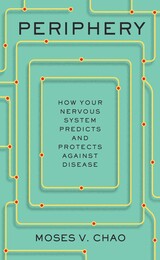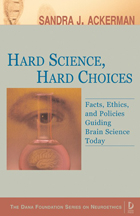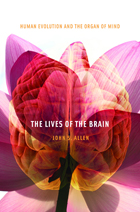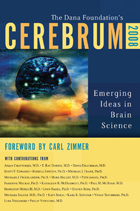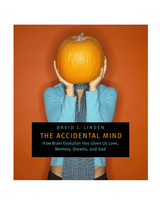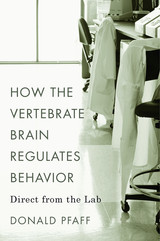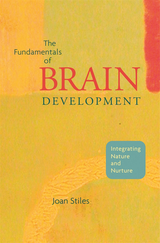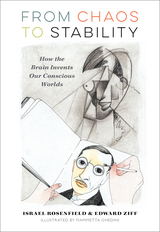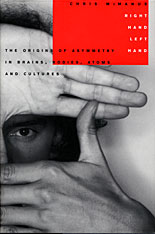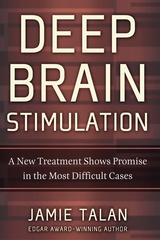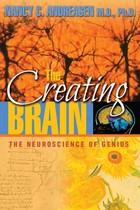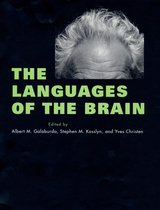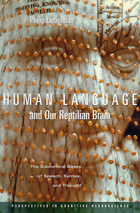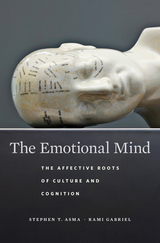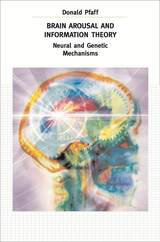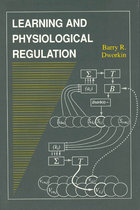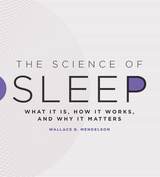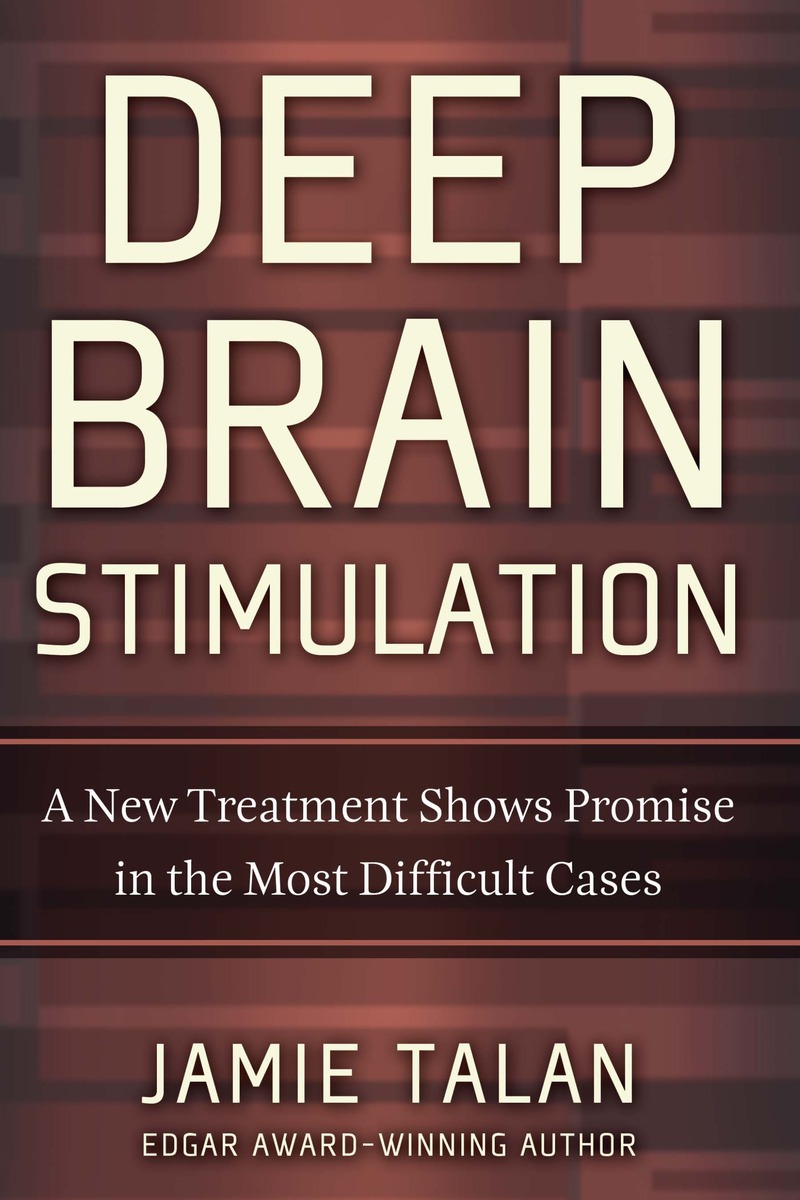
This title is no longer available from this publisher at this time. To let the publisher know you are interested in the title, please email bv-help@uchicago.edu.
This title is no longer available from this publisher at this time. To let the publisher know you are interested in the title, please email bv-help@uchicago.edu.
Cloth: 978-1-932594-37-9 | eISBN: 978-1-932594-31-7
Library of Congress Classification QP388.T35 2009
Dewey Decimal Classification 612.826
There are disorders that defy treatment with prescribed pharmaceuticals: a man’s hands shake so hard that he cannot hold anything; a woman is mired in severe inescapable depression. For these patients and others, an alternative is emerging: deep brain stimulation. In this fascinating and timely investigation, well-known science writer Jamie Talan explains a cutting-edge medical development that is surprising and impressing researchers around the world.
More than 40,000 people worldwide have undergone deep brain stimulation, which involves implanting electrodes in the brain that are connected to a device similar to a pacemaker. With compelling profiles of patients and an introduction to doctors and scientists who are pioneering the research, Talan describes the ways in which deep brain stimulation has produced promising results in the treatment of diseases such as Parkinson’s disease, depression, obsessive-compulsive disorder, and dystonia—as well as the ethical issues that have arisen in the course of this research.
Science writer Jamie Talan shared the 1998 Edgar Award with Richard Firstman for best nonfiction for The Death of Innocents, a story of forensic science that was also a New York Times Notable Book of the Year. Talan covered neuroscience for Newsday for more than twenty years and is currently science writer-in-residence at The Feinstein Institute for Medical Research in New York.
Part One: Parkinson’s Disease, The Mother Lode
Chapter 1 Breaking Ground: 100 Years of Research
Chapter 2 “Coop, the King”: Controversy on the Frontier
Chapter 3 Finding the Problem in Parkinson’s
Chapter 4 The French Connection
Part Two: Pioneering with Deep Brain Stimulation
Chapter 5 Learning from the Leads: Dystonia
Chapter 6 Obsessive-Compulsive Disorder: DBS for psychiatry
Chapter 7 DBS Teams Take on Depression
Chapter 8 Tourette Syndrome
Chapter 9 Battling Epilepsy
Chapter 10 The Hardest Cases: Pain and Minimal Consciousness
Part Three: Taking Stock and Looking Ahead
Chapter 11 Patients, Parameters, and Risks
Chapter 12 Ethics and the Future
On March 14, 1997, the Food and Drug Administration held a hearing on the use of deep brain stimulation as a treatment for essential tremor and Parkinson’s disease. By that time, excitement and fascination with the technology that could restore a body to its rightful state of controlled movement had spread through brain research laboratories and neurology clinics across the country and the world. Patients with all kinds of movement disorders had heard about deep brain stimulation, too, and were clamoring to be allowed to get the treatment. Organizations that support medical research for particular diseases were singing its praises, including some, like advocates for psychiatric disorders, that would seem a far cry from the tremor and Parkinson’s pleaders in the room that day.
Maurice Long of Hutchinson, Kansas, traveled to Maryland to give testimony to the FDA panel. His gait was steady and his hands were at ease as he stood and told the panel, and dozens of others gathered at the hearing, about the years he was crippled by essential tremor. It began fifteen years earlier, when Long was 57 and a district manager for a financial services company. His hands began shaking, and before long they were shaking so hard that he couldn’t sign his name or hold a cup. It took two hands to steady a spoon, but even then its contents ended up on his lap. His wife cut his food and he drank coffee with a straw. He spent more time home, alone. Medicines didn’t work. “I am an avid golfer. You can imagine. It is kind of difficult to have four putts on every green. I was fast becoming a hermit because I was too embarrassed to go out,” he told the FDA committee. His case was so severe that his neurologist sent him for an evaluation at Kansas University Medical Center. In May 1996, neurosurgeon Steve Wilkinson and his team implanted electrodes deep inside the left side of Long’s brain and a battery-powered control device in his chest wall. Two hours after the operation, Long was eating peas with a fork. The tremor in his right hand was gone. Six months later, neurosurgeons implanted electrodes on the right side of his brain. That day, he brought a cup of coffee to his lips and took his first gulp in years. He didn’t need a straw. “I eat soup for the first time in 14 years. I can drink coffee from a cup. I go out. I can meet in the public and be happy and enjoy life,” he told the panel. “One good thing about this type of surgery and the implant is you can turn it on and off,” Long added. “It is great. You can go to the golf course, have your device off, get on the putting green and get all the bets made, and then turn it on.”
George Shafer flew up from Florida and told a similar story. His Parkinson tremor made it impossible to button his shirts or tie his shoes. Like Maury Long, he would splatter food on the floor when he tried to eat without help. “I was a salesman for a food-service company. I would go out to meet a customer and I got a bad hand shaking and tremor, and I couldn’t sell the product. You can’t sell while shaking in front of somebody and give them confidence. After the operation, I was like a new man. I even made a model airplane to see if I could do it, small intricate work. I still have Parkinson’s, but I say I have got fifty percent of it beat.” Shafer had the electrodes implanted in 1993 by surgeons at the University of South Florida, becoming one of the first in the United States to bear witness to the life-changing benefits of the device for Parkinson’s tremor. “I say if there is anybody that should be a judge, or could be a judge, on whether it is needed or not, I don’t know of any other one better than I am,” Shafer said. “It is a wonderful miracle.” Like other FDA advisory panels, the voting members, all medical doctors or scientists with some expertise in the area being discussed, would decide whether or not to recommend that the FDA approve the device. The committee’s recommendation would then be reviewed by internal teams at the FDA. That day the committee members listened toa few more testimonials, asked questions, then discussed the findings from the trial. Six months later, in early August, the FDA approved the use of implanted brain stimulators to control tremors. It was only approved for use on one side of the brain at a time, in an area called the thalamus. Studies on bilateral stimulation were still in the works. And only Parkinson’s patients with severe tremor could qualify for the procedure.
By 2008, 40,000 people around the world had had electrode leads implanted into their brains to stimulate abnormal circuits, mostly to relieve Parkinson’s disease and tremor. People afflicted with the violent involuntary muscle contractions of dystonia had joined the ranks, and many hundreds of patients with other disabling forms of other disorders, from epilepsy to obsessive compulsive disorder to Tourette’s syndrome, were receiving the treatment experimentally. For those enrolled in early trials of deep brain stimulation for their conditions, the results were clearly encouraging and suggested that the human brain has more reserve than anyone imagined. Today, scientists are speculating that putting electrodes in the right spot in the brain might relieve chronic pain, ease intractable depression, enhance memory, alleviate chronic and debilitating headache, even help people lose weight. This book tells the story of how deep brain stimulation unfolded as a potential therapy for many disparate brain diseases. It is a cautionary tale of successes and failures and life somewhere in the middle of all this technology. It’s about the science of brain circuitry and the scientists who are fighting to study this surgical technique in the right way and with the right patients to make sure that deep brain stimulation as a treatment is not abused, which could mean the end of a potentially important tool to help alleviate human suffering. And it’s about some of the patients who have braved the surgeries and walk around with electrodes in their brains and batteries in their chests, benefiting from its effects but always aware that the hardware could fail them.
And finally, it is a story about how research translates into a technology that has the potential to help people regain lives made unlivable by illness. It is about hope and caution.

